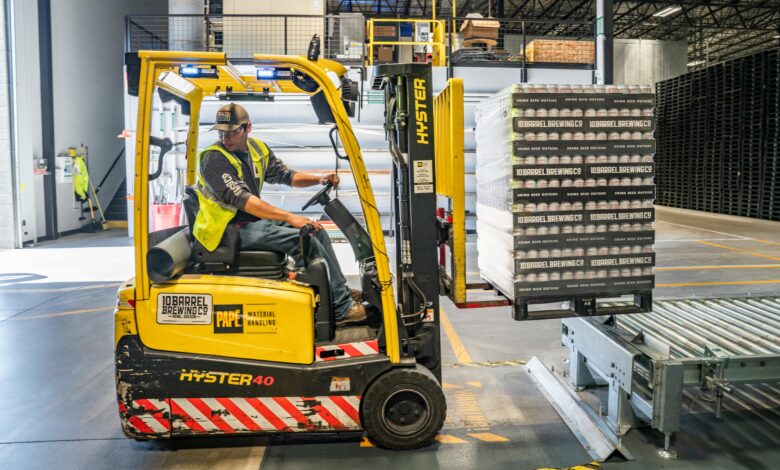5 Features to Look for in Warehouse Mobility Solutions

Photo from pexels
Warehouses must move with greater nimbleness than ever before in the current fast-paced supply-chain world. Warehouses are becoming more agile, efficient, and precise by means of mobility solutions. When you need to replace the current system, benefit from it, or build one from scratch, you should be aware of what capabilities to consider when choosing the warehouse mobility solution that will best suit your needs. The following five important features must be included in any smart warehouse mobility strategy.
1. Real-Time Data Synchronization
The most defining characteristic of any given warehouse mobility solution is the capacity to synchronize information on a real-time basis. This enables all the workers, supervisors, and systems to get access to the most up-to-date information. It can be inventory status, order status, shipping updates, etc; real-time data removes any lag and costly error possibilities. By connecting mobile devices and software that collects live updates, teams can now take precise actions based on updated information in real time, hence making the work and decision-making easier. Log-in sharing data may cause a bottleneck effect and confusion, thus making this a compulsory feature.
2. Mobile Picking Carts
The mobility is not limited to software only; it stretches to the hardware as well. A mobile picking cart is one of the most functional tools. These carts have a touchscreen, barcode scanners, and even power, which avoids the need for workers to travel around the warehouse without having to waste time fulfilling orders. As an example, a pick-to-cart system can help the employees go straight to the products required to be picked and piled in an orderly fashion. This saves time on walking on human error and makes the time of order filling faster. In this arrangement, your employees can select and pack products directly on the cart without the necessity to go back to a specific workstation after each operation.
3. User-Friendly Interface
Irrespective of how competent your mobility solution is, it will not be of use in case your team has difficulties in utilizing it. A great need is to ensure that the interface is user friendly such that your workers can learn it quickly and competently utilize the available technology. The most effective ones are simple and demand little knowledge to use with commands that can be implemented on any of the gadgets, such as tablets, hand scanners, or smartphones, with interactive dashboards and easy-to-read screens. Training takes less time, and productivity rises when there is a simple, clear interface. The right design will allow even less tech-savvy employees to catch up within no time.
4. Compatibility with Warehouse Management Systems (WMS)
The other important element to look at is the level of compatibility of the mobility solution with your current warehouse management system. Compatibility makes sure that your mobility tools are synchronized with your overall operating framework. Be it updating the stock records, sending order statuses, or reporting, the ease of integration with your WMS would mean less manual data entry and reduced and more error-free operations. Search mobility solutions that are flexible to varying degrees that is, which are plug-and-play or easily customized to your software ecosystem.
5. Durable and Dependable Hardware
The warehouse is a harsh setting: there is dust, temperature fluctuations, falls, and a lot of movement. This is the reason why your mobile devices should be durable. Handheld scanners and mobile computers are rugged hardware that are particularly created to endure the toughest of environments and extreme levels of use. Such devices are frequently supplied with protective shells and great battery life, and they are water or shock-resistant. By selecting equipment that is durable, long-term performance is guaranteed, and there are reduced chances of employees taking time to repair damaged devices.
Conclusion
Mobility in warehouses is no longer a luxury. Rather, it is a necessity. Giving attention to these top five features, businesses will be able to establish an efficient, accurate, and scalable warehouse operation that will satisfy the requirements of the current rapidly growing logistics environment. It assists in eliminating human error, simplifying order processing, minimizing fulfillment time, and increasing inventory accuracy. Such benefits do not only improve the performance of the operating battles; they also result in the satisfaction of the customers as well as enable the businesses to compete in a competitive market.



